
- Heatwaves can be managed by ensuring our sensitive veggies get afternoon shade in Summer, which can be achieved by planting them on the east side of deciduous trees, which will shade them in the hot summer afternoons but let sun through in Winter when it cools down.
Planting taller crops, like corn or trellised tomatoes on the west side of heat-sensitive crops in summer will achieve the same thing, which is where a good base map of your garden beds comes in handy, for planning out placements! Having some shade cloth handy can be useful for shading larger areas of crops like lettuce during heat waves, if it’s not possible to achieve with other plants.
- Utilising groundcover plants can act as a living mulch between crops, which will help to keep the soil cool and prevent evaporation on hot days. Some good ground cover crops that have other benefits are clover, which is nitrogen fixing and attracts bees, and sweet alyssum, which flowers year-round and attracts a range of beneficial insects.
- Wherever possible, choose species and cultivars that are adapted to your local climate. If you know you live somewhere with brutal summers, choose heat-tolerant varieties of your favourite vegetables or look for alternatives that taste similar but are better suited to the environmental conditions.
Native bush foods are a great choice, as they are adapted to the local conditions and many are drought tolerant. Try a crop of Yam Daisies or Bulbine Lily’s for their tasty tuber-like roots, or Warrigal Greens as a hardy alternative to spinach. In our temperate climate in Melbourne, rising temperatures mean that many sub-tropical species which weren’t possible to grow here before may now be viable crop selections. Be experimental and identify frost-free microclimates (such as next to sun-facing brick walls or ponds) where you could try planting cold-sensitive edibles.

- Keep gardens mulched with organic matter like straw, leaves, grass clippings or other garden residues to reduce evaporation.
- On hot days, water early in the morning and/or in the evening. Watering in the heat of the day leads to much of the water being lost to evaporation before it gets to the plant roots.
- Use rainwater for garden irrigation wherever possible.
- Choose plants suited to site conditions, and group plants according to their water needs to make specialised watering easier. For example, plant water-hungry plants in the wet or boggy parts of your garden, and keep your drought tolerant natives or mediteranean herbs together in a dry spot, so you’re not wasting water on plants that don’t need it as often.
- Deep, irregular watering is better than regular, shallow watering as it encourages plant roots to grow deeper in search of groundwater, which makes them more resilient in the face of drought. Plants that are spoilt and kept watered continuously will wither and die much quicker in the drought periods.
- Use water efficient irrigation methods. These include drip irrigation and wicking beds. While there is more labour and cost involved in setting up both of these systems compared to watering with a hose, they take far less time to water once set up, and use anywhere from 50-80% less water than overhead watering! For a great how-to on how to build a wicking bed, check out: https://www.wickingbeds.com.au/make-wicking-bed/
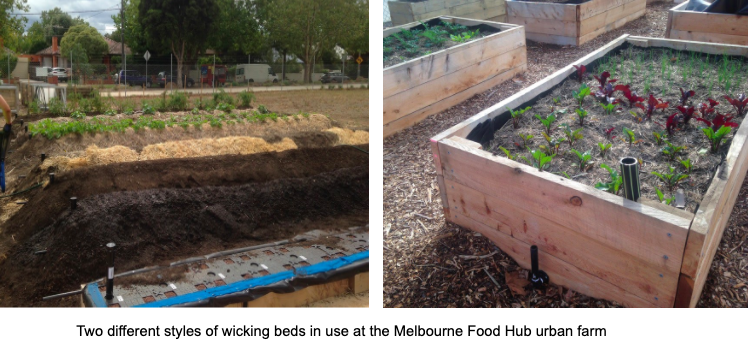
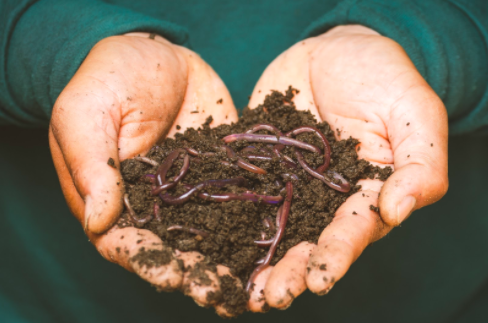
- Mulching and composting with organic matter adds carbon back into the soil, where it can be stored indefinitely. Healthy soil grows healthy plants, which absorb CO2 from the atmosphere. This is eventually transmitted through their roots, eaten by microbes and fungi, and returned to the soil (as long as the plant residues are composted or left in place). Keep that soil covered!
- Compost all of your kitchen scraps, garden residues and any other organic matter you can find. Food waste sitting in landfill accounts for a significant amount of methane emissions, so if you have capacity to pick up food scraps from your local cafes or restaurants to add to your compost, do!
- Practice no-dig gardening and sheet-mulching wherever possible. The least disturbance to the soil, the better.
- Minimise soil compaction by using raised beds and designated pathways to avoid walking on soil. Compacted soil harbours less soil life, reduces water infiltration and makes it harder to plant roots to grow. More aerated soil=deeper plant roots=stronger, more resilient plants.
- Practice crop rotation to avoid disease build up and nutrient depletion in the soil.
- Use legume crops (beans, peas etc) and cover crops to add organic matter and nitrogen back into the soil. Beans, peas, clovers and other ‘nitrogen fixing’ plants have symbiotic relationships with special bacteria in the soil, which can convert atmospheric nitrogen absorbed by the plants in a plant-available nitrogen which can be taken up by other plants. As synthetic nitrates from chemical fertilisers are one of the biggest causes of water pollution, soil degradation and fossil fuel use in agriculture, finding natural ways to add nitrogen back into the soil is extremely important in creating climate friendly gardens.
- Incorporate as many perennial edibles in your garden as possible. Perennial plants are those that live for multiple years, unlike annuals (eg. most of our common vegetables), which only live for one season or year. Perennials help to hold soil together with their roots, preventing erosion, and are often deeper rooted than annuals which makes them more drought tolerant and generally less maintenance. As they do not need to be replanted each year, there is no disturbance to the soil which helps the soil food web to thrive.
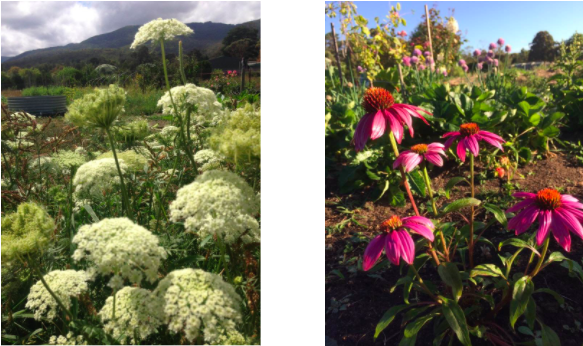
- Grow a range of flowering plants in the garden that flower throughout the year. This will provide pollen and nectar for bees and other pollinators and beneficial insects. You don’t have to just plant ornamental flowers; many of our common vegetables will do the trick if you leave a few in the ground to produce flowers. Carrots, dill, fennel, coriander and parsley all produce flowers that attract parasitoid wasps (which prey on aphids), and sweet alyssum, marigolds, calendulas, rosemary, echinacea and lavender are loved by bees and ladybugs alike.
- Don’t use pesticides, especially chemical pesticides as these kill beneficial insects as well as pests. Even ‘organic’ and ‘natural’ pesticides like pyrethrum spray can harm some beneficial insects and throw delicate ecosystems off balance, so use these sparingly (if at all).
- Use natural pest management instead, by attracting beneficial insects to keep pests under control, rotating crops, interplanting pest-prone veggies with aromatic herbs and flowers that deter pests and use barrier methods like crushed egg shells, wood ash or copper tape to deter slugs and snails. Good plants for deterring pests are onions, chives, marigolds, basil, lavender, sage and most other strong smelling herbs will help to mask the smell of tasty crops, or deter pests all together. Maintaining healthy soil and healthy plants is the best defence against pest issues.
- Keep wooden debris around the garden and mulch on the beds to provide habitat for insects to spend the winter, or make native bee hotels. Log offcuts with holes drilled in them are an easy way to provide shelter for native bees and beneficial insects.
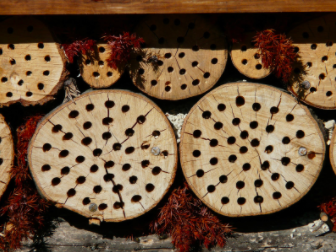
- Get involved in your local community garden
- Start guerilla gardening on your sidewalk, or make seed bombs (link to https://www.milkwood.net/2015/06/22/making-seed-balls-for-getting-things-growing-in-unlikely-places/) to start growing food on empty lots
- Boycott supermarkets wherever possible and source your food from farmers markets, small scale direct veggie box schemes (link to Grow Source Eat boxes here), or co-op’s that support regenerative, local farms
- Start an on-line skillshare group, where participants trade knowledge around DIY, low-impact skills like gardening, building from recycled materials, fixing stuff, natural beekeeping, bread baking and anything else that enables us to provide for more of our needs in a climate friendly way.
- Do yourself a favour and enroll in a Permaculture Design Course, or this amazing Permaculture Living Course being offered online by Milkwood! (link to https://www.milkwood.net/2019/09/30/permaculture-living-our-new-online-course/)!
- If self-study is more your vibe (and now is a better time than ever to get some good reading done while in lockdown), here are some of our favourite permaculture books:
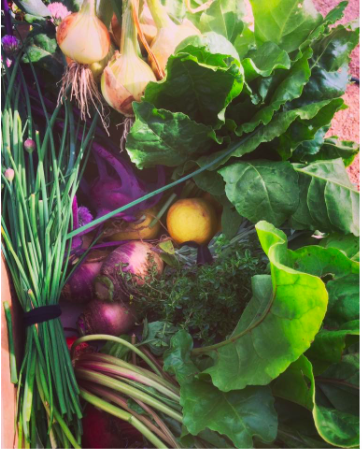

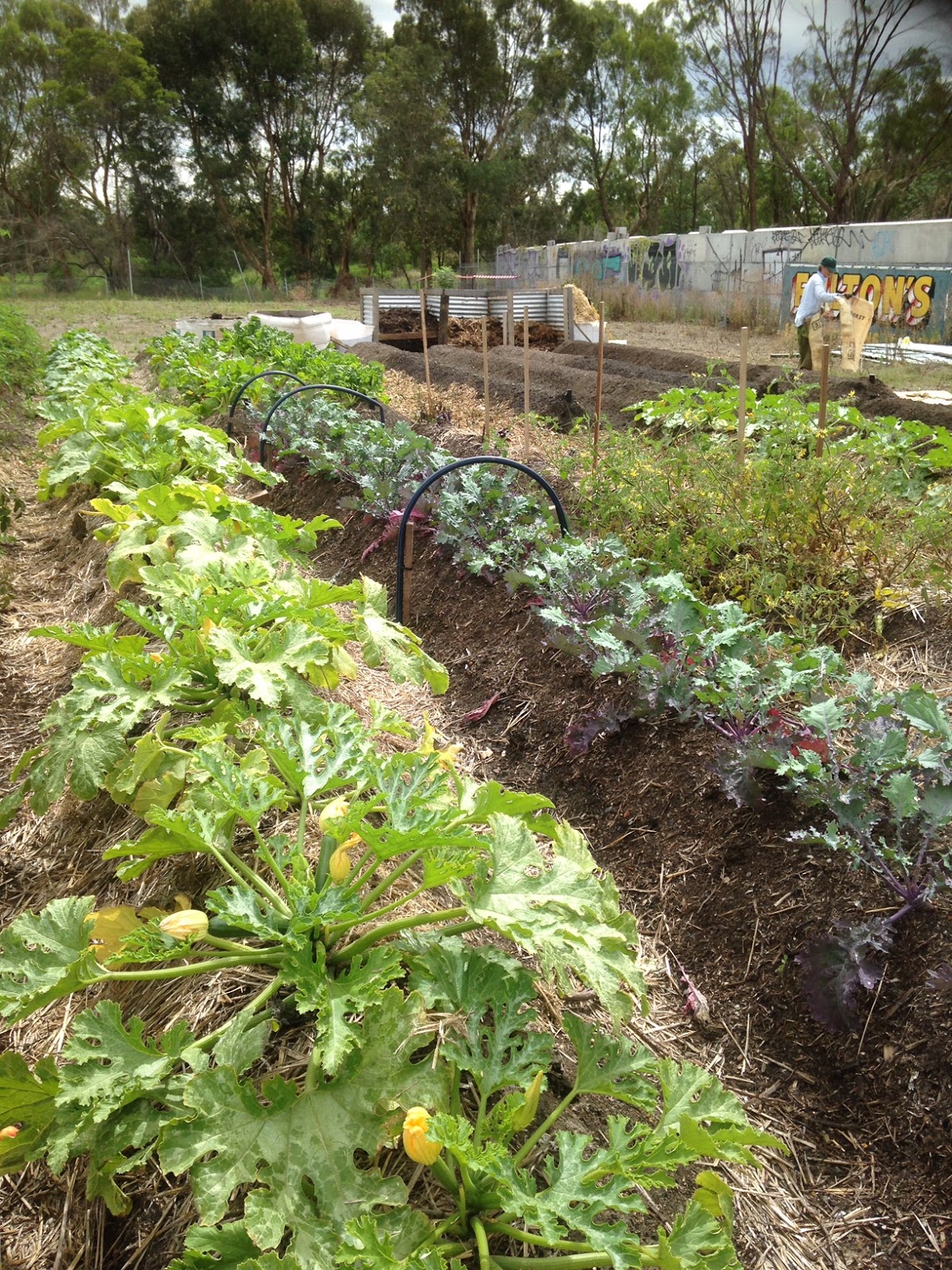
Recent Comments